and into the training ring…
At least that is the plan, and the project.
If you frequent Writing of Riding then you will know that there are several new things – new site layout, new navigation system, new search features… and now the addition of Project Thoroughbred. Without too much ado, I'll introduce you to the star of the show (surprising, it isn't me!) and the purpose of Project Thoroughbred.
Enter stage left, a grey Thoroughbred mare known to the Jockey Club as Lit de world on fire, and to her former owner as ‘Tink' (and I'm still scratching my head trying to figure out where the nickname came from). I spotted her on Craigslist, followed some intuition and discovered quite the unpolished gem hidden right along the Pacific coast near Aberdeen, WA – the town made ‘famous' (or at least recognizable) by the lead singer in Nirvana, Kurt Cobain. Of course Washington is well known for many other things and one of them includes racing. Emerald Downs is just a hop and a skip (and a short drive) away from me, and unfortunately so is the Enumclaw Livestock Auction where many former racehorses (and a plethora of other breeds) find themselves dropped at the mercy of kill buyers and rescuers.
It is not helpful for my imagination to go wandering very far, but let's simply say that she was bought from her last track owner by a gentleman living in Enumclaw who later resold her to the man south of Aberdeen. That makes for six known owners in her lifetime so far. I haven't yet come up with a suitable nickname for her around the barn, Tink just makes me think of ‘Dink' and ‘Tinkerbelle' – a name that is a far fetch as she towers around 17 hands. So for now she'll remain a ‘she' until I either get clever or someone suggests a name that sticks (submissions are more than welcome).
She is 5 1/2 years old, started her second and third year and in total winning just over $20k during her racing career. She came off the track not due to an injury, but rather it was more likely because of the 10 races she ran as a three year old, not a single one did she make it in the money. Still she has a look about her that is confident and slightly sassy, and she likes to vocalize her excitement when she's racing around the arena.
Despite all of the publicity that horse racing receives, the vast majority of horses that race do not go on to some illustrious breeding career. Rather a great deal are run from one broker to another, through auctions and dealer's lots, and even onto the trucks headed for slaughter plants in Canada and Mexico. I just recently posted about undercover video surveillance of the traumatic process of slaughter at two plants in Canada… the fate that horses face when headed to slaughter is nothing shy of horrific. Even those race horses who are in the money and show much promise and value are not safe as was demonstrated when Derby winner and Horse of the Year Ferdinand was ‘disposed of' at a Japanese slaughterhouse when he usefulness as a stallion had lapsed.
Rehoming a Thoroughbred fresh off the track however is not an easy task either as most equestrians are not prepared or interested in learning the process of rehabbing and retraining such a horse. They have quirks and kinks and odd habits that naturally arise in such an environment as track life and race training. With careful consideration these horses can turn into amazing partners and it is my hope through Project Thoroughbred to not only document the process of rehabbing and retraining Lit de world on fire, but to also bring some awareness and publicity to the needs of Thoroughbreds coming off the track. In a perfect world the horse racing industry would not be solely money driven and thus provide an environment where the horse's training and future after racing were prime considerations, unfortunately it is a very imperfect world and these horses need us to speak up for them.


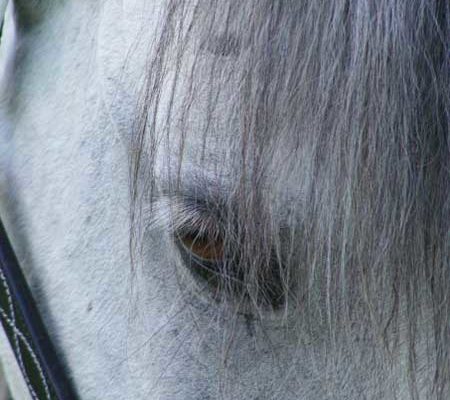
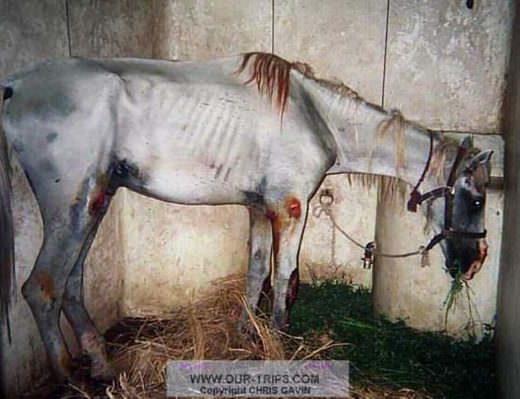
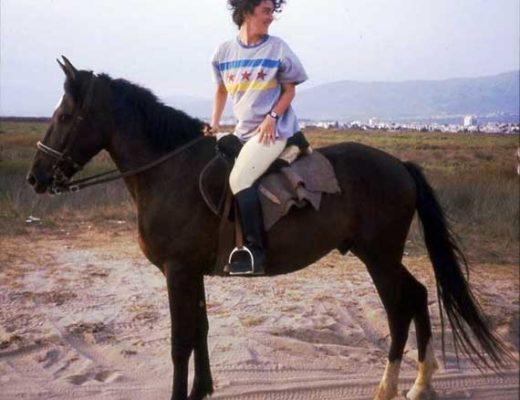
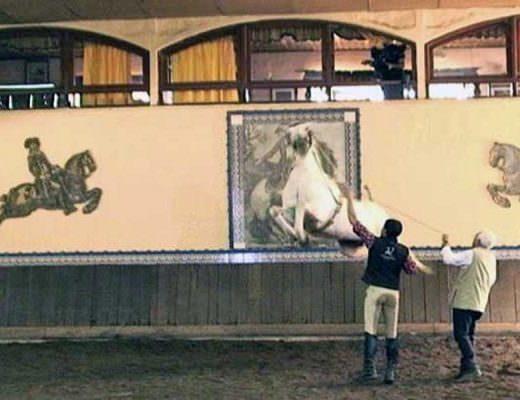
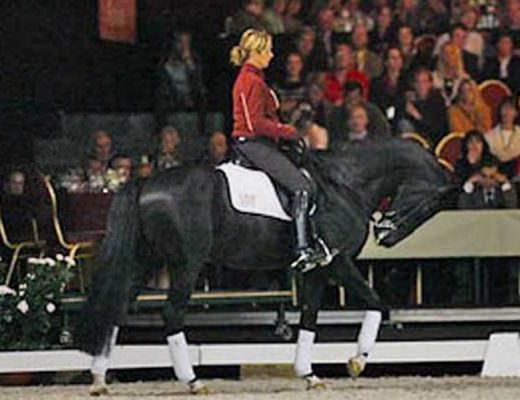
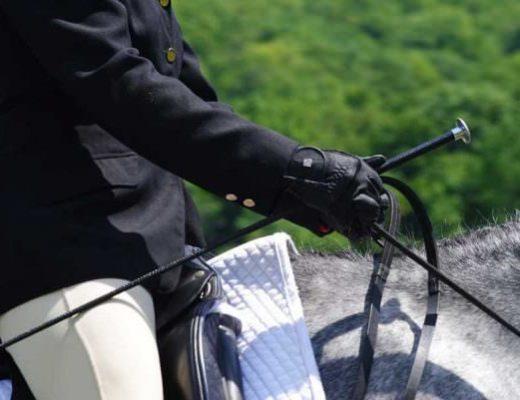
A very nice article Erica. I am glad that “she” has hopefully found her forever home with you : ) I would like to comment on the horse race breeding angle. I personally do get upset about the bad rap horse racing gets on this topic. Thoroughbred breeding is “live” cover only which does s limit the amount of mares bred every year, while other breeds for example, Quarter Horse, can actually artifically inseminate mares and so there is no limit on how much semen is shipped daily. Also, I strongly believe that the racing industry has done more to find homes for unwanted thoroughbreds for many years now. There are rescues country wide just for Thoroughbreds. This has been being done for over 20 years. OK…thanks for listening : ) I’ll get off my soap box now!